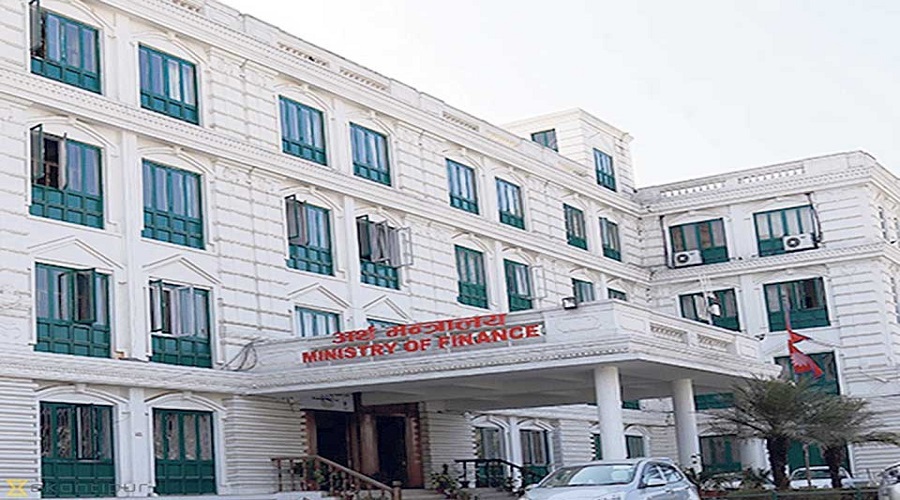KATHMANDU: The Government of Nepal’s financial performance during the nine months of the fiscal year 2023/24 has been reported by the Financial Comptroller General Office (FCGO), revealing key insights into the country’s expenditure and revenue mobilization.
According to the FCGO’s report, the government’s total expenditure during this period amounted to Rs 909.39 billion. This figure represents a slight decrease of 3.6 percent compared to the growth observed in the previous fiscal year, which stood at 18.7 percent.
The breakdown of this expenditure reveals that recurrent expenditure accounted for Rs 644.03 billion, capital expenditure for Rs 97.38 billion, and financial management expenditure for Rs 167.99 billion.
In contrast, the total revenue mobilization of the government, including transfers to provincial and local governments, saw a growth of 9.4 percent, amounting to Rs 748.04 billion during the same period. This marks a significant improvement compared to the decrease of 13.4 percent recorded in the previous fiscal year.
Breaking down the revenue sources, tax revenue contributed significantly, standing at Rs 671.12 billion. Non-tax revenue also played a role, amounting to Rs 76.93 billion.
These figures reflect the government’s efforts to manage its finances effectively amidst various economic challenges and uncertainties. While the decrease in total expenditure indicates a cautious approach to fiscal management, the growth in revenue mobilization suggests progress in enhancing tax collection and other sources of income.
However, it’s important to note that sustaining this positive momentum will require continued efforts to improve fiscal discipline, enhance revenue collection mechanisms, and optimize expenditure allocation. Additionally, ensuring transparency and accountability in financial management processes will be crucial for building trust and confidence among stakeholders.
The government’s ability to strike a balance between expenditure priorities and revenue generation will ultimately determine its capacity to finance essential public services, infrastructure development, and social welfare programs, thereby contributing to Nepal’s overall economic growth and development.

